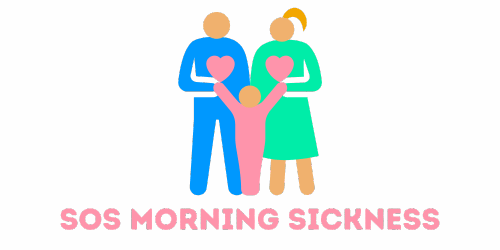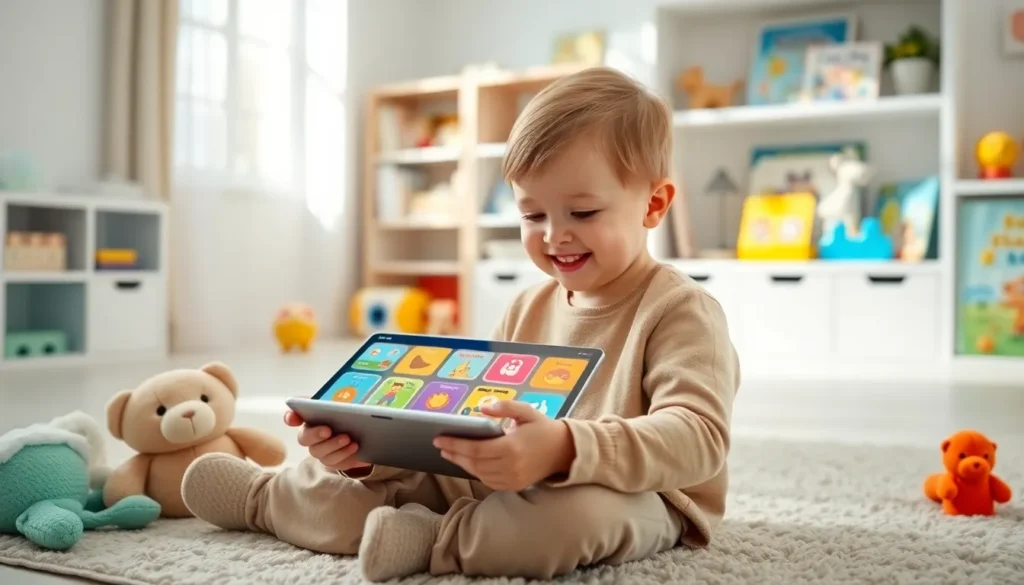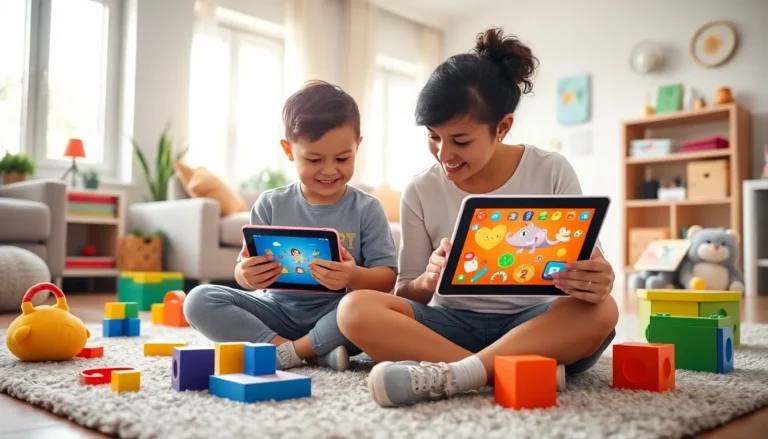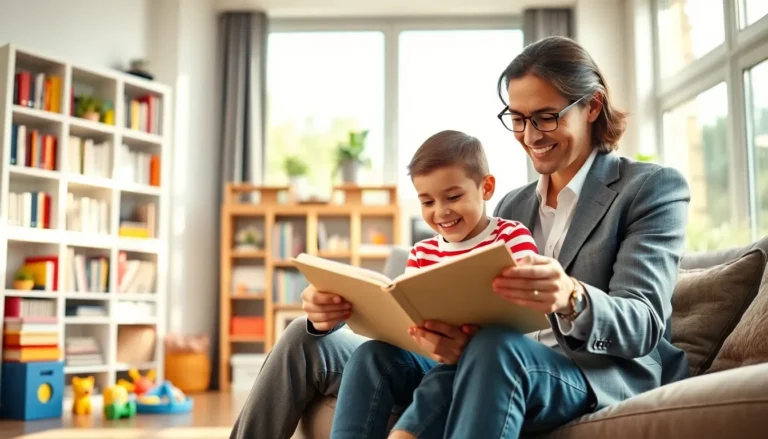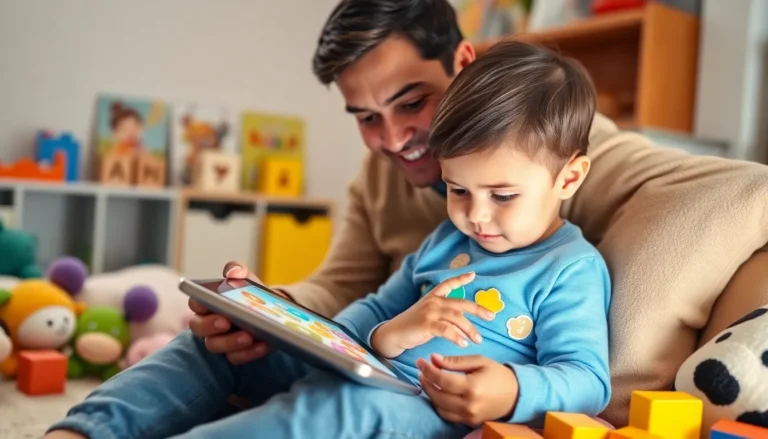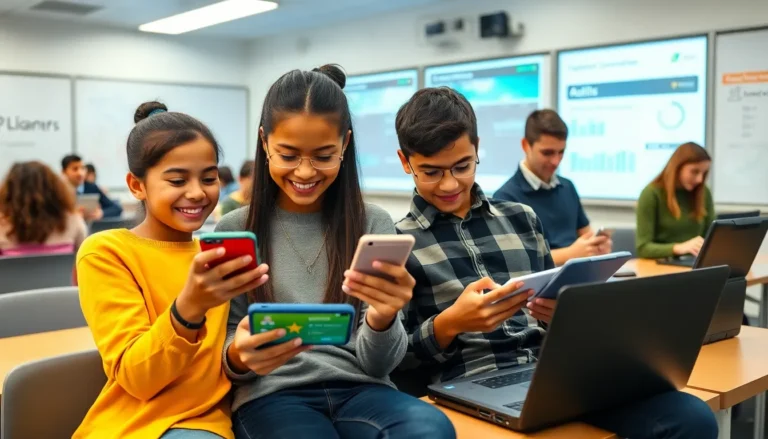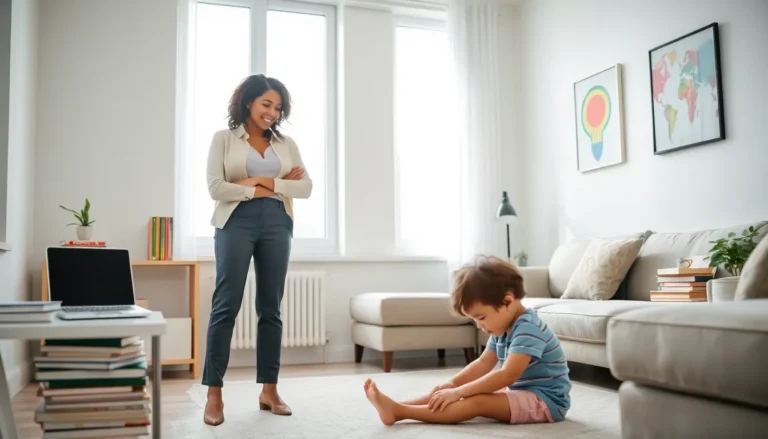Imagine this: your energetic 3-year-old is buzzing around the house, and you wonder if there’s a way to channel all that excitement into something educational. Enter the world of educational apps. These digital tools are designed not just to entertain but to enlighten, teach important concepts and skills, all while making learning as fun as a game of hide and seek. In this text, we’ll explore the importance of educational apps, what features to look for, and some of the best options available, ensuring your little one learns while having a blast.
Table of Contents
ToggleWhy Educational Apps Are Important For Young Children
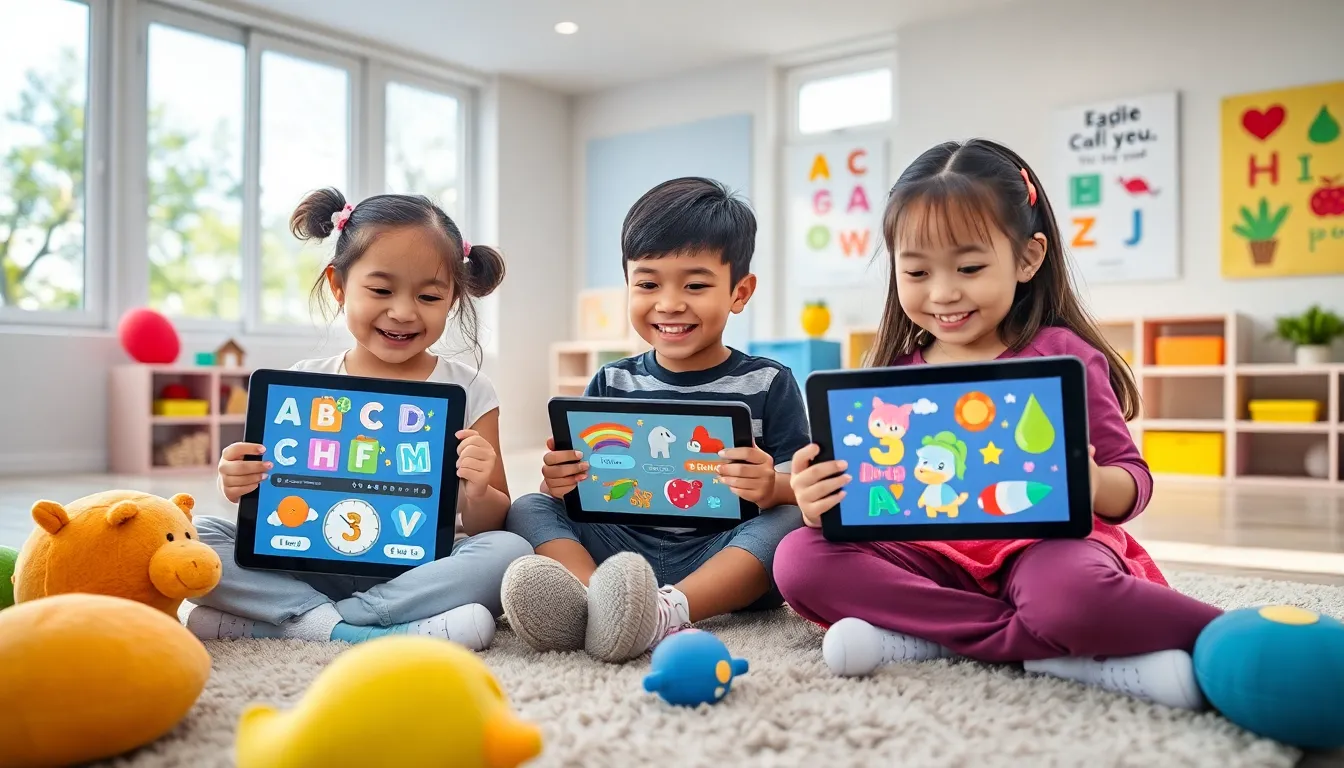
In today’s digital era, educational apps have become more than just a trendy option: they’ve revolutionized the way young children learn. These tools expose them to essential skills like numbers, letters, and problem-solving, all while keeping them engaged. Studies suggest that early exposure to structured learning platforms can boost cognitive development. When children interact with bright colors, fun sounds, and playful characters, learning feels less like a chore and more like an adventure. Whether it’s mastering shapes or enhancing vocabulary, educational apps serve as a delightful gateway to knowledge.
Features To Look For In Educational Apps
Choosing the right educational app can feel overwhelming, given the plethora of options available. But, a few key features can help narrow down the choices. First, look for apps that offer interactive learning experiences. These apps should include games and puzzles that require active participation. Next, ensure that the app is age-appropriate: it should challenge without frustrating your child.
Another important feature is auditory and visual appeal. Apps with catchy music, vibrant graphics, and engaging characters can captivate young attention spans. After all, if it looks fun, kids will want to interact. Also, consider apps that provide progress tracking. This feature allows parents to monitor skills development and ensure that learning is on track.
Top Educational Apps For 3 Year Olds
Here’s the fun part. Here’s a list of some top-notch educational apps for 3-year-olds:
- Endless Alphabet: This delightful app introduces children to vocabulary through delightful animations and fun word games.
- Starfall: Great for learning letters and numbers through songs, stories, and interactive activities, Starfall makes education enjoyable.
- ABCmouse: Offering a comprehensive curriculum, this app provides age-appropriate activities across various subjects, from reading to math.
- Toca Boca: With a series of apps, Toca Boca encourages creativity and imaginative play in settings like restaurants and hair salons. It’s learning disguised as play.
- Sago Mini Friends: Perfect for social skills, this engaging app helps kids understand emotions and friendship through fun games and activities.
How To Integrate Educational Apps Into Your Child’s Routine
Integrating these apps into daily life doesn’t have to be a challenging job. Start by setting specific times for app usage, making it part of the routine, much like story time. This approach creates consistency, ensuring that learning becomes an anticipated activity rather than an afterthought. To make it even more effective, sit with your child during app time.
Guiding them through the activities not only enhances their learning experience but also allows for shared moments of joy and discovery. Encourage conversations about what they learned, which can further reinforce new concepts. Instead of passive screen time, turn it into a dynamic educational session.
Tips For Ensuring Safe Screen Time
While educational apps offer fantastic learning opportunities, it’s crucial to ensure that screen time remains safe and healthy. First and foremost, set time limits. The American Academy of Pediatrics advises a maximum of one hour of high-quality screen time per day for children ages 2 to 5.
Next, curate the app selection to include only those that are educational and age-appropriate. Regularly review the apps your child uses, ensuring they continue to provide value. Besides, create a screen-free zone during mealtime and bedtime to promote quality family interaction and ensure a well-rounded routine.
